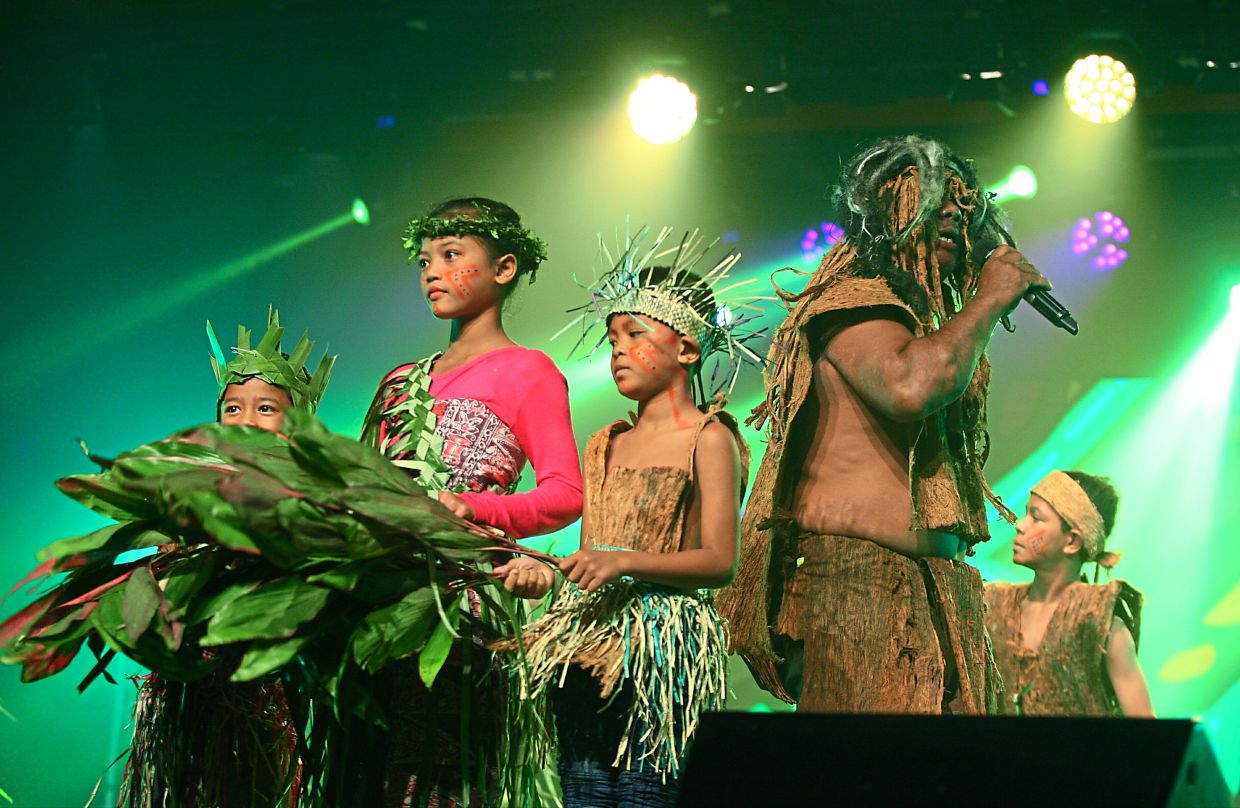Models parading the Songket fabric at the Living Arts Cultural Festival at Matic, Kuala Lumpur. — Photos: AZMAN GHANI/The Star
THANKS to technology, the intangible heritage of multiple nations were featured during Living Arts Cultural Festival (LACF) 2022 in a three-day event that took place in live, virtual and hybrid formats.
The LACF brought together arts that have been recognised by Unesco.
Already a subscriber? Log in.
Get 30% off with our ads free Premium Plan!

Cancel anytime. No ads. Auto-renewal. Unlimited access to the web and app. Personalised features. Members rewards.
Models parading the Songket fabric at the Living Arts Cultural Festival at Matic, Kuala Lumpur. — Photos: AZMAN GHANI/The Star
Kumpulan Bah Bola performing Orang Asli ritual dance called Sewang at the Living Arts Cultural Festival.
A tango performance by Fernanda Cajide and Pablo Martinez.
Terinai Dewa Raja performance by Genius Seri Tari at the Living Arts Cultural Festival at Dewan Tunku Abdul Rahman, MATIC, Kuala Lumpur on November 6.-AZMAN GHANI/The Star
Rangbrang Bhangra performing the Bhangra.
Nava Jeevan Kalari Sanghom perfoming the Kalaripayattu performance during the festival.
Follow us on our official WhatsApp channel for breaking news alerts and key updates!










